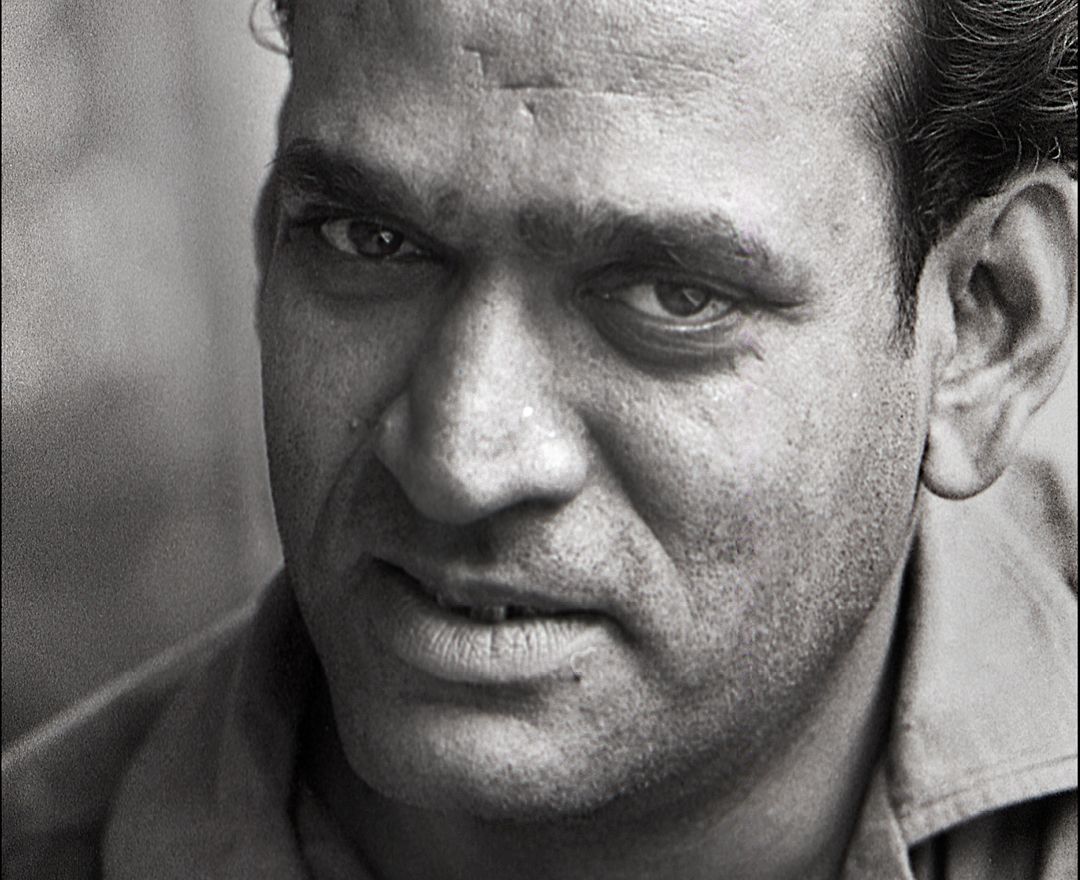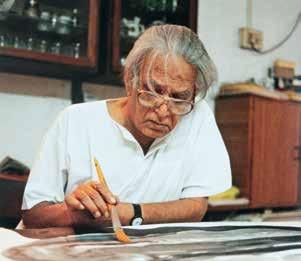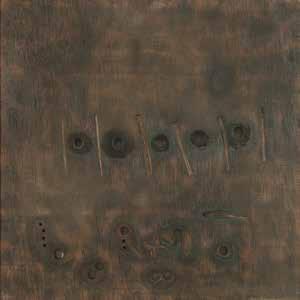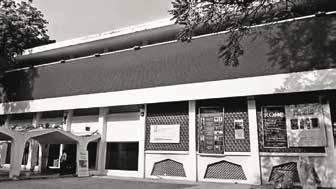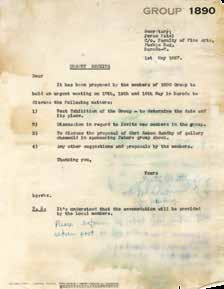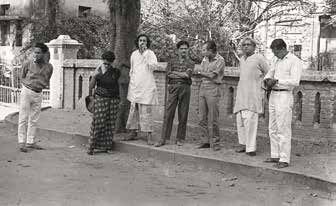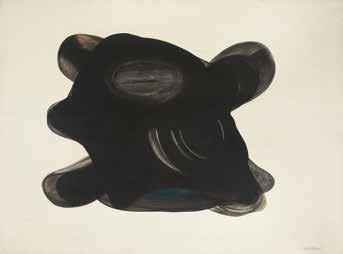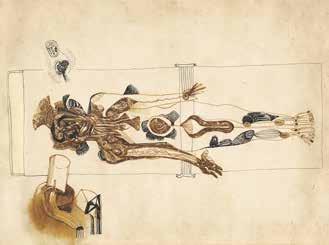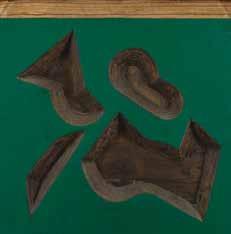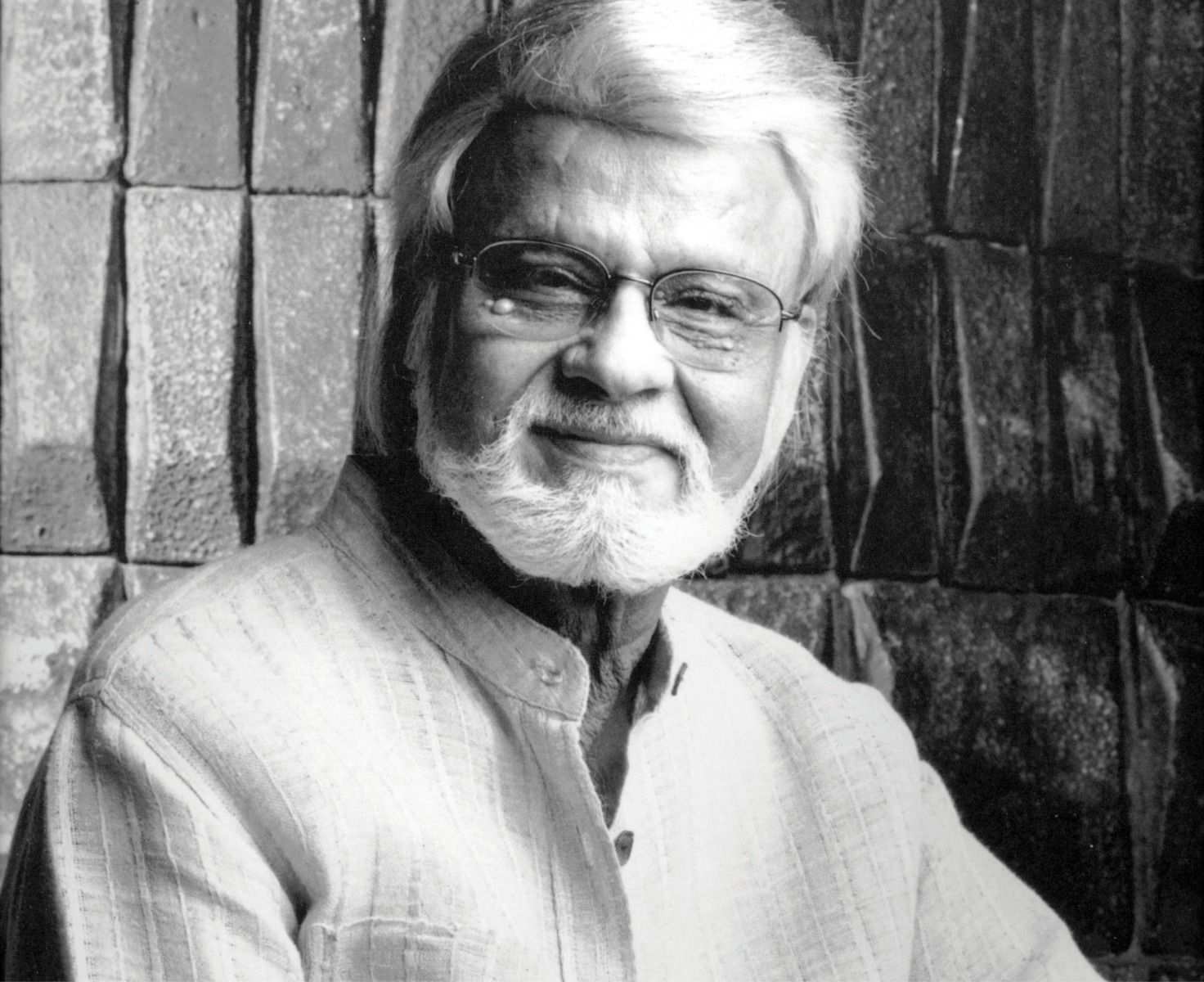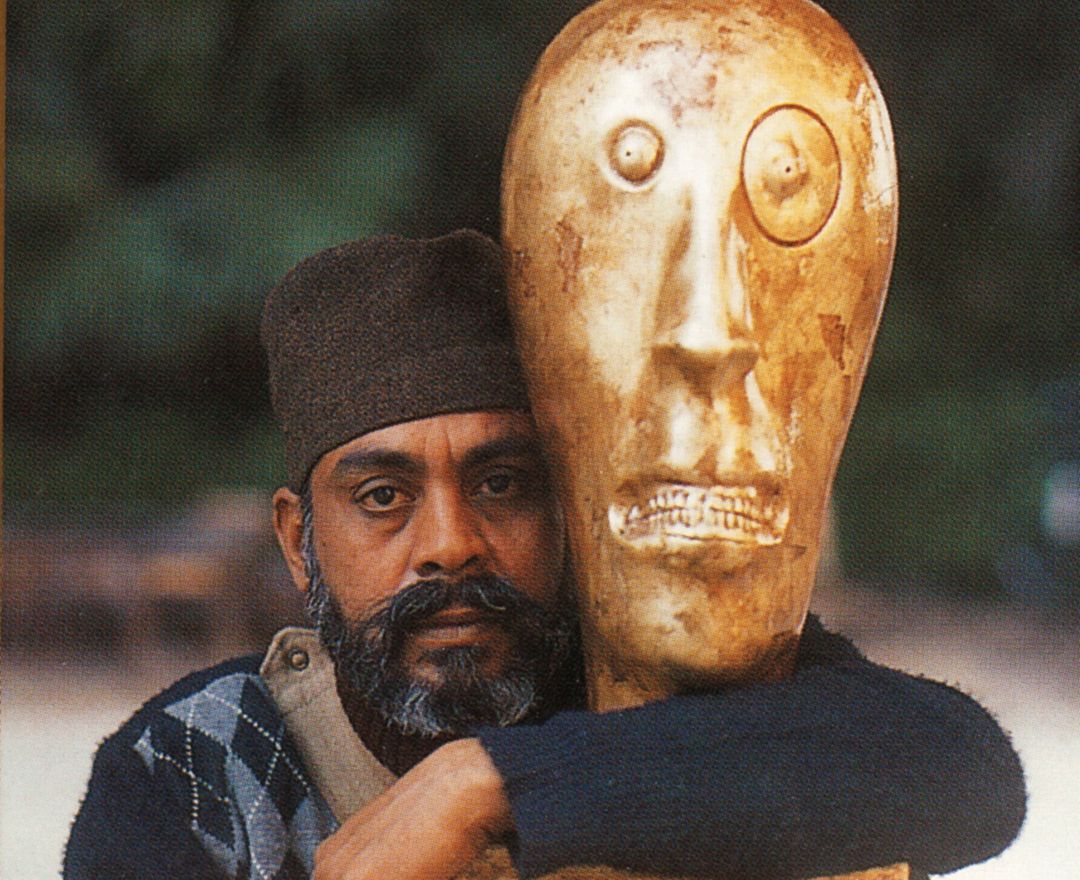Jeram Patel
Jeram Patel
Jeram Patel
|
1930 - 2016 Jeram Patel |

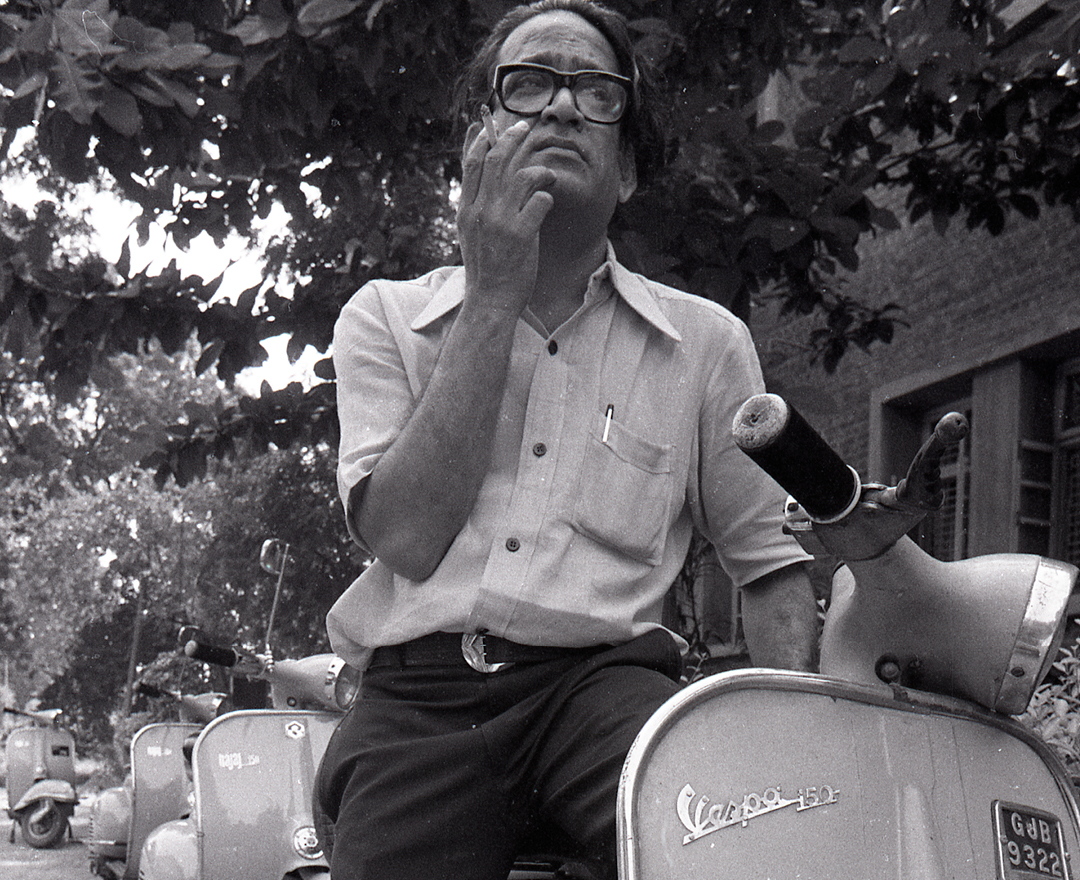
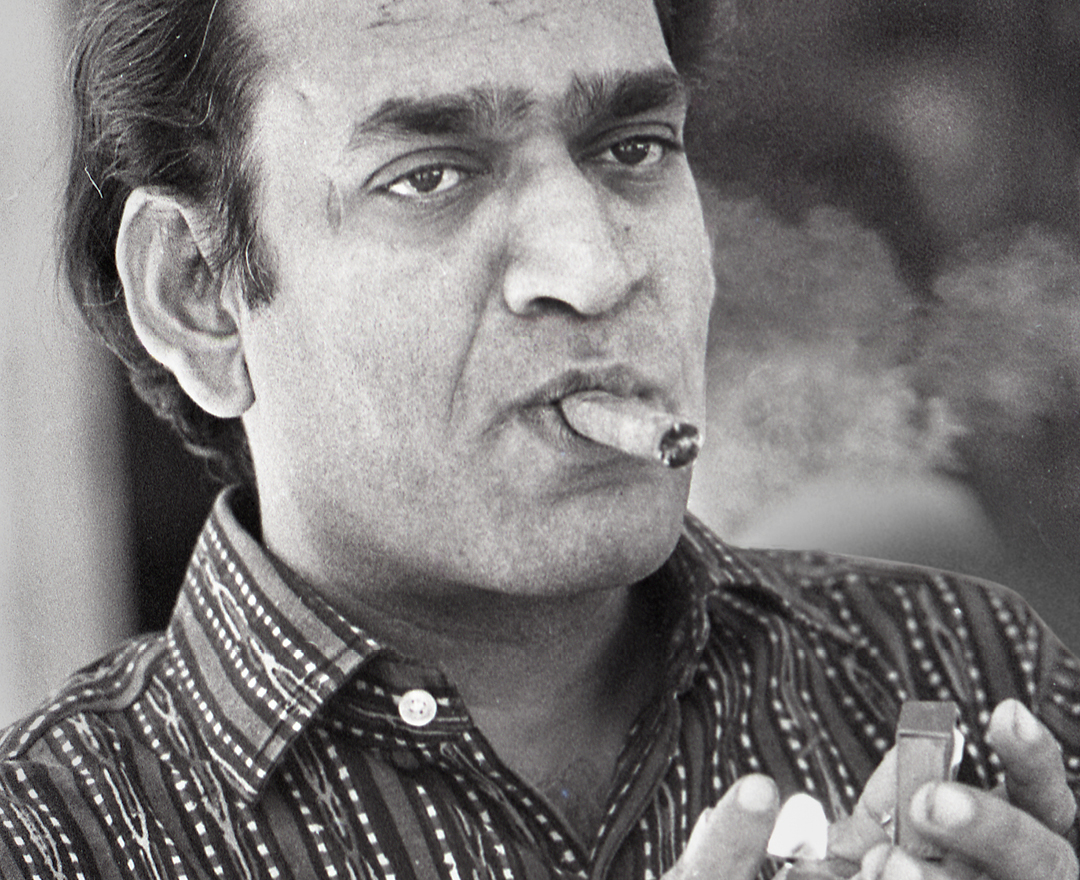

‘I constantly thought of forms, whether they were natural forms or man-made forms’
JERAM PATEL
artist timeline
artworks
dag exhibitions
|
The ‘Manifestations’ series of 20th Century Indian Art, Editions V, VI, VII, VIII, IX, X, XI |
|
DAG, New Delhi and Mumbai, 2011-14 |
|
‘The Naked and the Nude: The Body in Indian Modern Art’ |
|
DAG, New Delhi, 2013; Mumbai, 2015 |
|
‘Indian Abstracts: An Absence of Form’ |
|
DAG, New Delhi, 2014; Mumbai and New York, 2015 |
|
‘India Modern: Narratives from 20th Century Indian Art' |
|
DAG, New York, New Delhi, Mumbai, 2015; Chandigarh, 2017 |
|
‘Group 1890: India’s Indigenous Modernism’ |
|
DAG, New Delhi, Mumbai and New York, 2017 |
|
‘The Sixties Show’ |
|
DAG, Mumbai, 2020 |
|
‘The Wonder of India: Explorations through 19th and 20th Century Art’ |
|
DAG, New York, 2021 |
|
‘Indian Blue: From Realism to Abstraction’ |
|
DAG, New Delhi, 2021 |
|
‘Iconic Masterpieces of Indian Modern Art’ |
|
DAG, Mumbai, 2021 |
notable collections
|
National Gallery of Modern Art, New Delhi |
|
Kiran Nadar Museum of Art, New Delhi |
|
Lalit Kala Akademi, Ahmedabad |
|
Roopankar Museum of Fine Arts, Bharat Bhavan, Bhopal |
|
Heinrich-Böll-Stiftung, Cologne |
|
Royal College of Art, London |
|
Peabody Essex Museum, Salem, Massachusetts |



